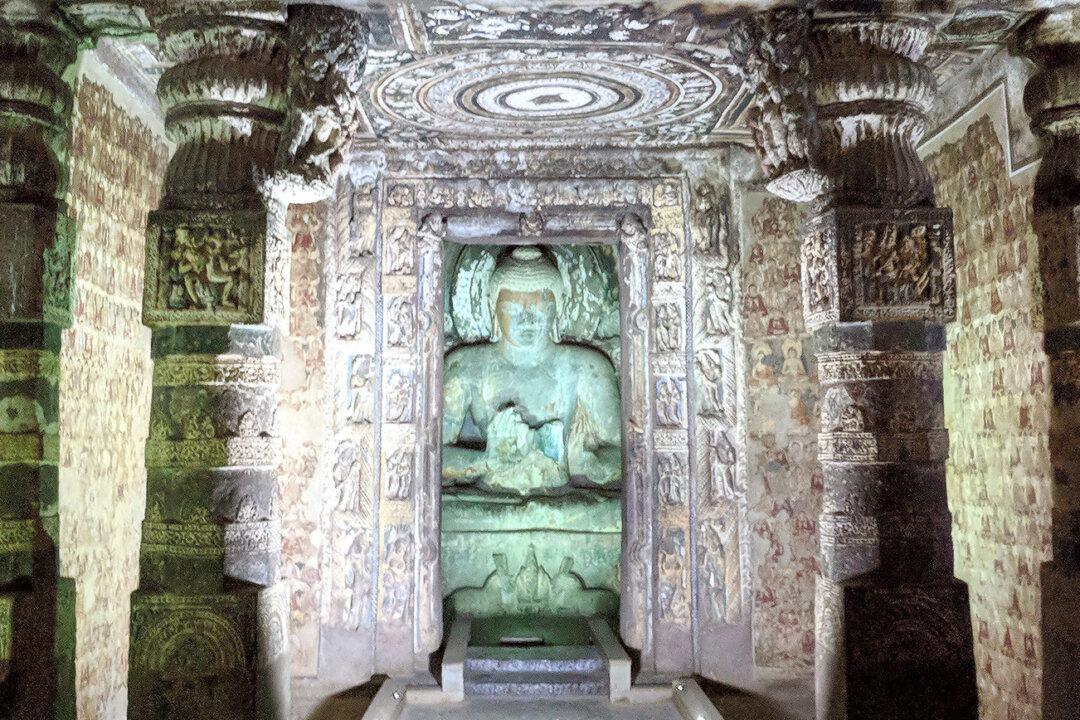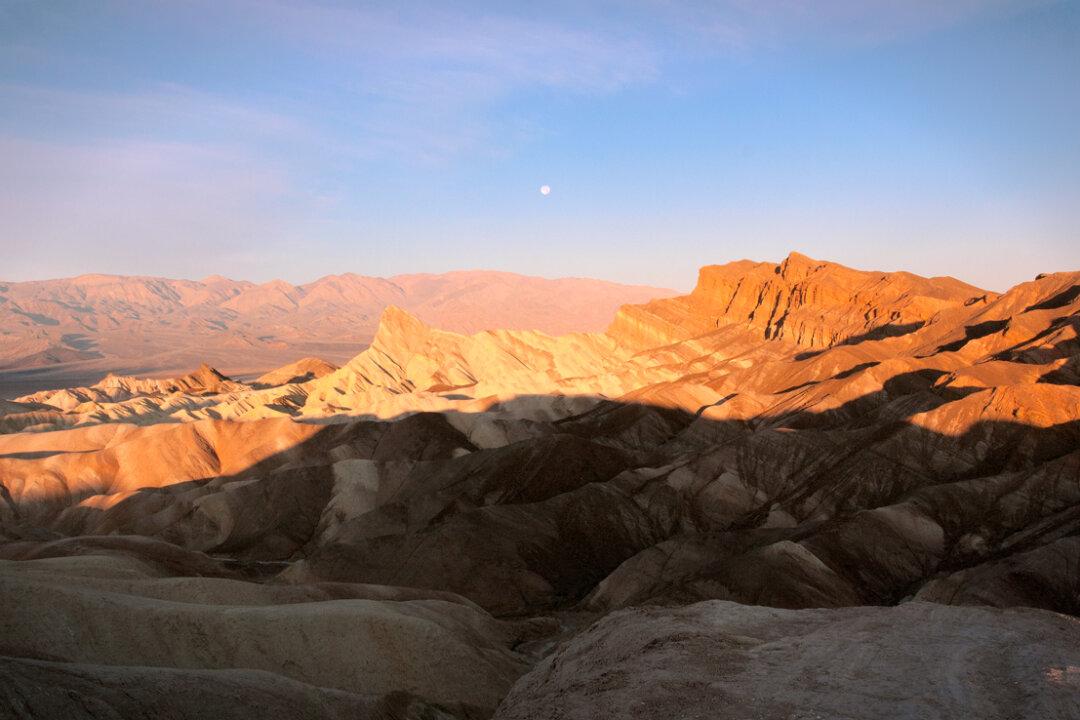In the remote Indian wilderness, miles from the small town of Ajanta, ancient man-made caves sit nearly 250 feet above a valley stream. It’s the type of wondrous destination Westerners would expect to see in an adventurous Indiana Jones movie.
Far from fictional, however, the mysterious Ajanta Caves are a sacred complex of temple halls, former Buddhist monasteries, and a large collection of devotional sculptures and murals. Aligned in a horseshoe row of 30 caves, their excavations occurred separately over centuries that span the Satvahana and Gupta periods in India from the second century B.C. to the sixth century A.D.





